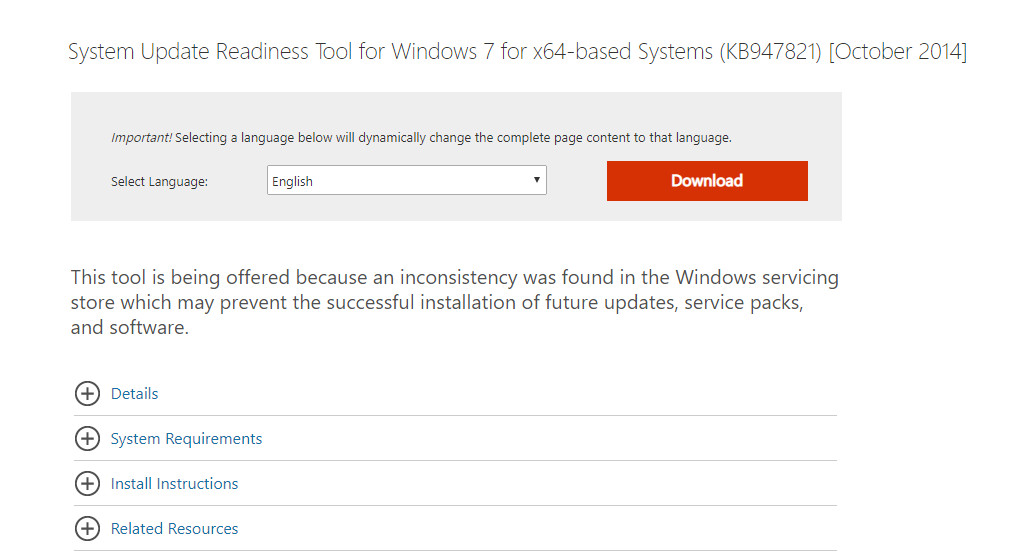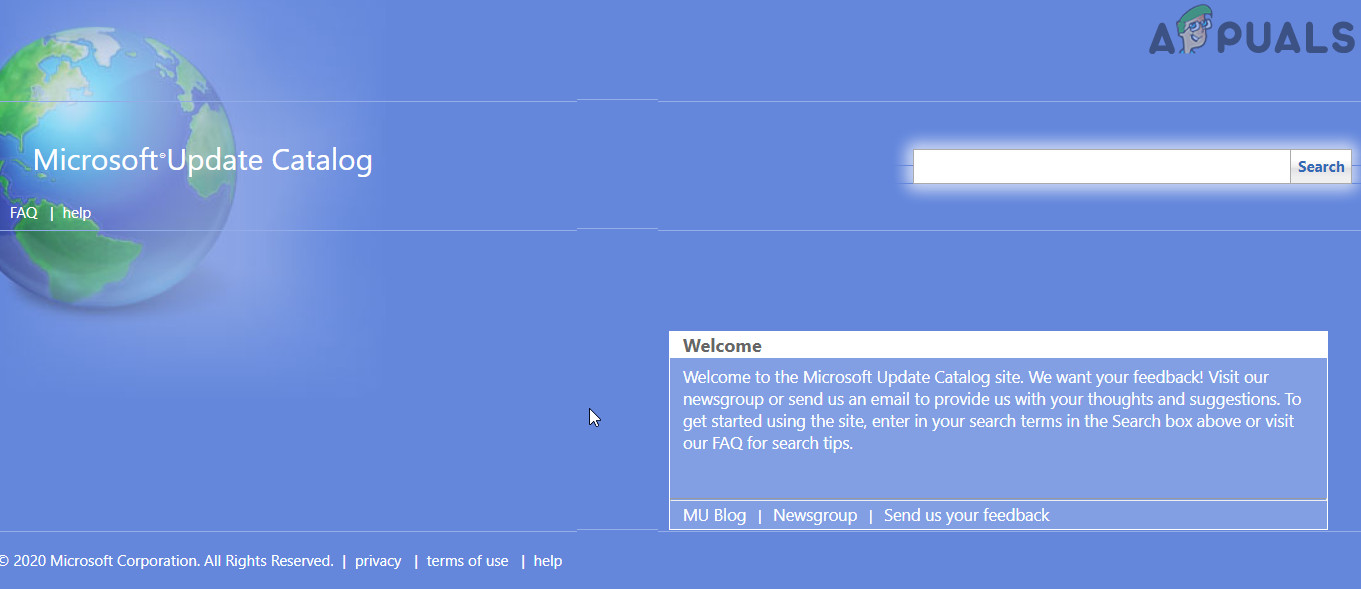The error is usually followed by a long message which is “There were some problems installing updates, but we’ll try again later If you keep seeing this and want to search the web or contact support for information, this may help – (0x80070057)”. This error may also come up with a slightly different message such as “Something went wrong” In this guide, we have listed several methods that have worked for a large number of users across Windows Vista, 7, 8 and 10. Please go through all the methods, as they are continuously updated. From experience, I can tell that you will need to come back to this page because there will be a couple of restarts whilst you perform and go through the methods, therefore it would be best to either mail the link of this page to your email or bookmark this page so you can get back to it. But before moving on, disable any proxies (if being used). You may also try disabling your antivirus.
1. Run SFC Scan
System file scanner is an inbuilt system file verification system which downloads a manifest fro Microsoft servers, compares the local copy with the manifest and if it sees some discrepancies, it automatically downloads a fresh copy and replaces the old one. This is a very effective tool in making sure your system files are in place and there is nothing wrong with them. Before proceeding, make sure that you are an administrator.
2. Run SFCFix
Another tool to repair system files is SFC Fix. It does more or less, the same thing as SFC. However, it comes in handy if your very system files of SFC scan are somehow corrupt or not functioning properly. Do note that this program is third-party; proceed at your own risk. Download and run the SFCFix.exe file. Agree to the prompts in the command prompt by pressing any key until the end.
3. Run SURT
If you are running Windows 7/8/10, then we can use SURT to solve the problem. System Update Readiness Tool (SURT) is a force updating mechanism released by Microsoft itself because of update issues like the one after discussion. It kickstarts some modules forcefully to proceed with the pending update.
4. Editing the Registry
If none of the above methods work, we will proceed and try to make some changes to your computer’s registry. Registry in your computer is more like a command centre for your OS and if there are some conflicting keys or some values are not set correctly, you will experience the update error. It is recommended that you update your registry just in case you want to revert back to the previous stage. After the program runs, check to see if it fixes the issue; if not then download the Windows Update Reset script and run it as administrator. [Download Here] (Right-click and choose to Save as). Save it to your Desktop, then right-click on it and choose Run As Administrator.
5. Windows 10 Anniversary Update Failing Due to Error 0x80070057
When Windows 10 cannot verify the downloads, the error is seen on Windows 10 as well. Many, users updated from Windows 7 to Windows 10 and several updates were already applied before the Anniversary Update, so it makes sense to believe that there may be severe corruption with the update store, which is preventing Anniversary Update from being installed. The solution to fix this issue is to disable the internet, (LAN or WAN) whilst the installer is verifying Anniversary Update Files. Additionally, many users started having frequent freezes and crash on their Windows 10 after installing the Anniversary Update. If this is the case then check out the following guide @ Anniversary Update Crashes
6. Removing CloudFogger
Some users reported received Error Code 0x80070057 when doing the backup, system restore, and upgrades. As per borncity, the root cause for this issue is CloudFlogger. The issue arises due to third-party tools like CloudFlogger installing filter drivers that interfere with the system calls.
7. Update via MS Update Catalog
If you are stuck with Windows update not able to install any update, then you can manually download the update locally to your computer and then install it. You can visit the Microsoft Update Catalog website and download the latest cumulative update to an accessible location. Once you have downloaded the update, close all programs, right-click on the update package and click Run as administrator. Once the update is installed, restart your computer completely and check if the issue is resolved.
8. Update BIOS
If nothing has helped you so far, then updating the BIOS to the latest version may solve the problem. BIOS the basic component in your computer which communicates with the hardware and software in your system. It acts as a bridge for the input devices as well. If there is some issue with your BIOS or it is outdated (and not compatible with the current OS version), you might experience the update error. Warning: Proceed at your own risk as updating your BIOS is a risky step and if not done properly, you may brick your system and cause lasting damage to it. Error 0x80070057 is also related to “Credentials Manager” on Windows 10. If you are getting the error with the credentials manager, then check out the parameter is an incorrect guide on how to fix it. You may try to use Windows update troubleshooter.
How to Fix Error Code 0x80070057 When Trying to Enable Hyper-V on Windows 10Fix: Error 0x80070057 in Windows 11 Compatibility TroubleshooterFIX: Credential Manager Error 0x80070057 “the parameter is incorrect"Fix: Task Scheduler Error 0x80070057



